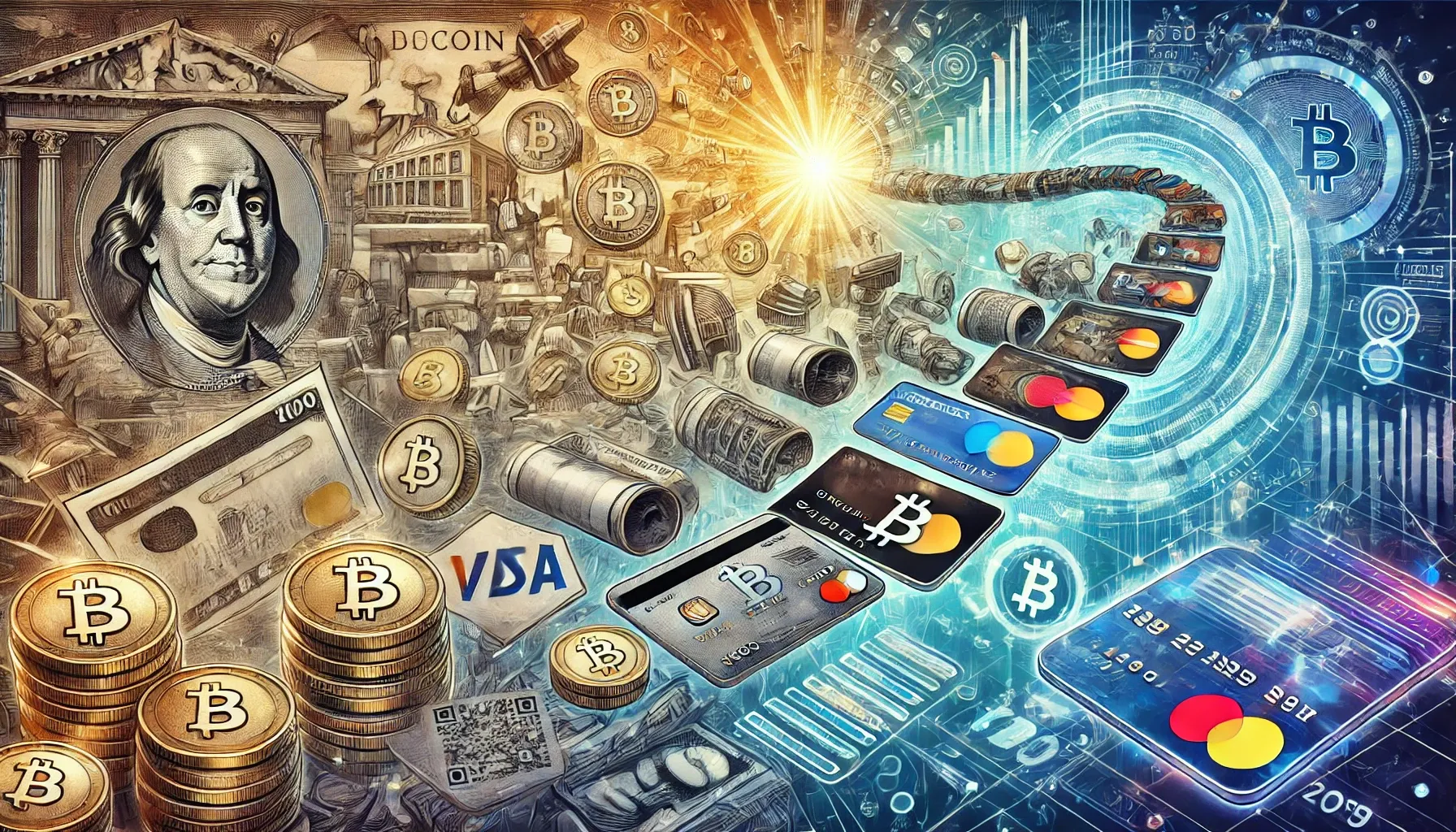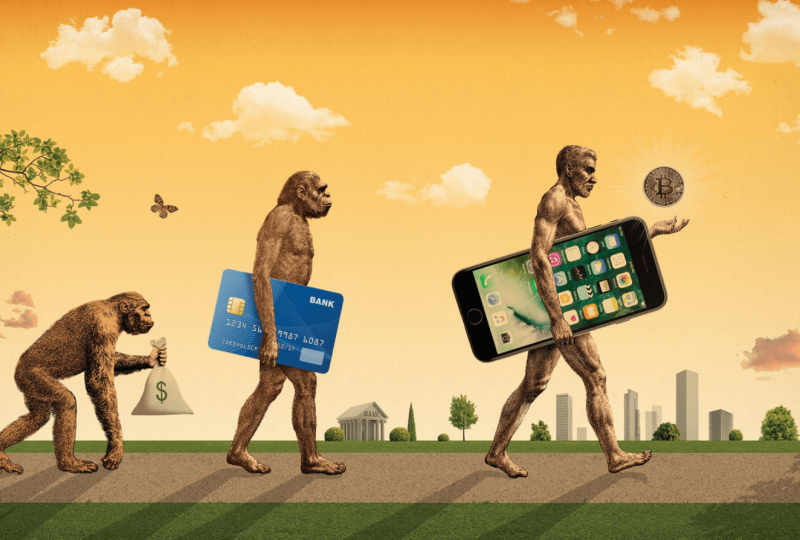The evolution of money is among the most intriguing changes we have seen in a world that is changing more quickly than ever before. The idea of money has changed greatly, from exchanging cryptocurrency to bartering products. Specifically, digital currency has changed the way we save, transact, and view value. Let's explore this development and learn about the transition from physical to digital money.
The Beginning of Money
Money was created as a result of this inefficiency. The first were items with inherent worth, such as salt, shells, and precious metals. Coins crafted from metals like gold and silver eventually took precedence. They were widely used, robust, and portable.
Another important step was the Tang Dynasty, when the Chinese introduced paper money. Paper money was lighter and simpler to make than coins. But confidence was necessary—people had to think the paper was actually valuable.
Banks and Centralized Money in the Age
The majority of money in banks was digital by the 20th century. Although electronic transactions were used between institutions, cash was still the primary method of payment for the general public.
The Digital Age Has Arrived
1. Debit and Credit Cards
These plastic cards, which were first introduced in the middle of the 20th century, let people access money without carrying currency. They spread widely during the 1980s and 1990s, changing the way people bought things. The idea of "buy now, pay later" was also brought about by credit cards, which changed how people behaved financially.2. Internet-based banking
Banks started providing internet services in the 1990s. Consumers may pay their bills, transfer funds, and check their balances from the convenience of their homes. This changed everything by lowering dependency on actual branches and creating the groundwork for further digital innovations.3. Payments via Mobile
With the introduction of smartphones came mobile payment platforms such as Google Wallet, Apple Pay, and PayPal. These systems further reduced the need for currency by enabling consumers to pay with a swipe or a tap.4. Digital currencies
The rise of cryptocurrencies is arguably the most significant advancement in digital currency. The first decentralized digital money was Bitcoin, which was originally released in 2009. Cryptocurrencies run on blockchain technology, a decentralized ledger system, in contrast to conventional currency. This gives consumers greater financial autonomy by doing away with the need for middlemen like banks.Because of Bitcoin's popularity, dozens of additional cryptocurrencies with distinct characteristics have been developed. For example, Ethereum made smart contracts possible, allowing for automated, self-executing contracts.
Why Use Digital Currency?
1. Quickness and Effectiveness
Whether you're paying for things online or sending money to a buddy, digital transactions happen virtually instantly. In today's globalized world, when cross-border transactions are frequent, this speed is extremely advantageous.2. Cutting Expenses
Digital currency has the potential to drastically lower transaction costs by doing away with middlemen. This is especially true for transactions involving cryptocurrencies, where costs are frequently less than those imposed by conventional banks.3. Inclusion of Finances
The unbanked, or those without access to conventional financial services, have more opportunities thanks to digital currency. Anyone with a smartphone and an internet connection may take part in the global economy thanks to mobile wallets and cryptocurrencies.4. Openness and Safety
The foundation of cryptocurrencies, blockchain technology, provides unmatched transparency. Because every transaction is documented on a public ledger, corruption and fraud are decreased. Security is also ensured by sophisticated encryption mechanisms.1. The fluctuation
The price swings of cryptocurrencies are notorious. This makes them less dependable as a steady store of money, even while it draws in investors looking for large profits.2. Control
Regulating digital currency is a challenge for governments throughout the world. It's difficult to strike a balance between encouraging innovation and safeguarding customers.3. Privacy
Blockchain provides openness, but privacy may be jeopardized. Although transactions are pseudonymous, they are not completely anonymous, which raises privacy issues.4. The Digital Gap
The technology needed for digital currency is not available to everyone. For adoption to be egalitarian, this gap must be closed.Digital Money's Future
1. Digital currencies issued by central banks (CBDCs)
The concept of digital copies of their national currencies, or CBDCs, is being investigated by several nations. Central banks oversee and regulate CBDCs, in contrast to cryptocurrencies. Their goal is to bring together the advantages of digital currency with the dependability of conventional systems.2. Utilizing New Technologies
Digital currency is expected to perform better thanks to artificial intelligence (AI), the Internet of Things (IoT), and 5G connection. Imagine a world in which your smart refrigerator places real-time grocery orders and makes the payment!3. Sustainability
There is pressure to make digital currency systems more sustainable as environmental concerns increase. Green banking programs and energy-efficient blockchains are examples of this.4. Improved Availability
There are initiatives to increase underprivileged communities' access to digital currency. Promising advances include initiatives like streamlined user interfaces and offline bitcoin wallets.In final result
Navigating the complexity and making sure that digital money benefits everyone, not just the wealthy, is the task as we go forward. There is little doubt that we are all involved in the ongoing narrative of money's development.











